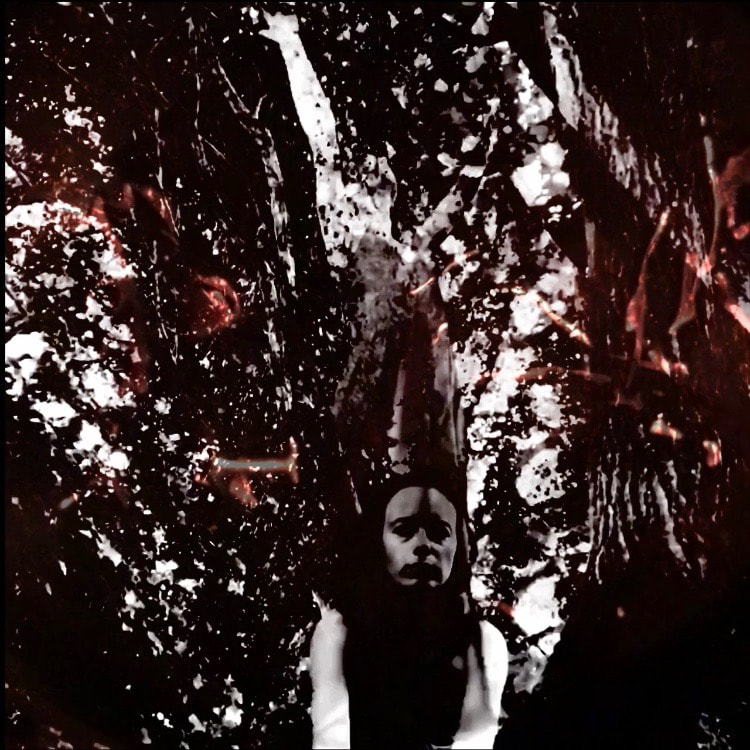

So there are lots of digital set extensions to give the picture more scale and scope, and plenty of other small changes to be made in frame. Although we tried to do as much as possible in-camera, nothing is quite as big as you really want on-set. Plus, there are lots of VFX to put in place. Blade Runner 2049 is not that sort of film. For example, I am very conscious that 3D can go too far if someone’s not supervising it, and the result can suddenly adopt a Marvel comic type-of-look. RD: Yes, I’ve nearly completed the main DI, and it’s a hectic time getting the different 3D, IMAX and HDR releases ready. I imagine you’re pretty busy finalising the movie? Ron Prince caught up with Deakins as the cinematographer was putting the final touches to the production’s 2D, 3D and IMAX release versions, assisted by his wife James Ellis Deakins. Production took place from July to November 2016. Locations included a brace of former Soviet power stations, along with other suitably dystopian buildings around Budapest. The production was eventually based out of Origo Studios near Budapest, Hungary, with the further-out-of-town Korda Studios providing additional stage space for the many elaborate sets. So the pair were forced to cast their net further afield. Having previously worked with Villeneuve on the much-acclaimed Prisoners (2013) and Sicario (2015), Roger Deakins CBE BSC ASC was invited to perform cinematographic duties on the new production.Īlthough Villeneuve and Deakins scouted for locations in London, and discovered a number of inspirational sites, there was precious-little studio space in the UK. Harrison Ford was also confirmed to return as Deckard, as was original writer Hampton Fancher, with the film entering production in mid-2016. On February 26, 2015, Blade Runner 2049 was confirmed, with Canadian Denis Villeneuve in the director’s chair.
#EFILM LITE IMAGE TOO DARK SERIES#
Dick’s 1968 novel, Do Androids Dream of Electric Sheep?, with similar issues besetting other proposed sequels, series and shorts.Īfter much rumour that Scott would direct a new installment, it was announced in November 2014 that he would in fact produce a new film instead. However, the project was shelved due to problems concerning the rights to Philip K.


#EFILM LITE IMAGE TOO DARK MOVIE#


 0 kommentar(er)
0 kommentar(er)
